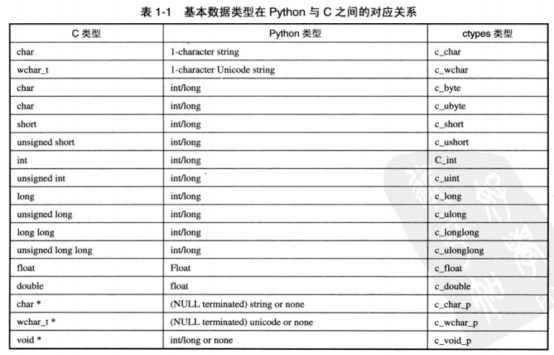Python3 supplementary knowledge points
[ TOC]
Python and C data types####

WeiyiGeek. The correspondence between basic data types in Python and C
Use dictionary to realize switch condition selection####
Description: It took a long time to learn python language, and it took a long time to find that python does not have switch-case statement. Checking the official document says that it can be replaced by if-elseif-elseif. At the same time, other solutions are simpler to use a dictionary to achieve the same function.
Writing the value corresponding to each key of a dictionary is a method such as:
switch = {“valueA”:lambda x,y:functionA(x,y),”valueB”:functionB,”valueC”:functionC}
Sample demonstration:
#! /usr/bin/env python
# switch in python...case statement
# Function called
def add(x,y):print("case c: call add function in switch c dictionary form: %d + %d = %d"%(x,y,x+y))
def div(x,y):return"switch b dictionary calls the div function: %d + %d = %f"%(x,y,x/y)
# Lambda expression in dictionary form to achieve switch statement effect
switch={'a':lambda x:x**2,'b':lambda x,y:div(x,y),'c':lambda x,y:add(x,y)}
# Use try...except to catch exceptions
try:print("case a : ",switch["a"](2)) #4print("case b :",switch['b'](8,2)) #4.0switch["c"](2,5) #Call the function according to the dictionary key value#7
except KeyError as e:print("Caught exception!")
# Results of the
case a :4case b: switch b dictionary calls the div function:8+2=4.000000case c: call add function in switch c dictionary form:2+5=7
Three different dynamic library linking methods of ctype module (python)
Question: How to understand the convention of function calling?
Answer: The function calling convention (calling convention) describes how to call certain types of functions in a correct way, including the order in which function parameters are allocated on the station, which parameters will be pushed onto the stack, and those parameters will pass through registers Incoming, and the way the function stack is recycled when the function returns;
The two most basic function calling conventions:
- cdecl: Specifies that the function parameter list is placed on the stack in order from right to left, and the function caller is responsible for cleaning up the parameters on the stack. It is widely used by the C compiler in the X86 architecture;
C language form: int python_rocks(one, two, three) #x86 assembly language form (from right to left) push three push two push one call python_rocks add esp, 12 #Each parameter occupies four bytes of space
- stdcall: Convention is widely used by Win32 API,
C language form: int python_myrocks(one, two, three) #x86 assembly language form (from right to left) push three push two push one call python_myrocks
The same/difference between the two:
- Same: the order of parameters on the stack, both function calls agree to use the EAX register to store the function return value;
- Difference: The work of recycling the function stack is not done by the function caller, but the callee itself, python_myrocks, is responsible for clearing it before the function returns;
Three different dynamic library linking methods of ctype module:
-
- cdll(): used to load link libraries that follow the cdecl standard function calling convention;
-
- Windll(): Used to load those dynamic link libraries that follow the calling convention from stdcall, stdcall is the native calling convention used by Microsoft Win32API;
-
- Oledll(): The method of use is completely similar to that of windll, except that oledll will assume that the loaded functions will uniformly return a windows hresult error code. These error codes are specifically used for Microsoft COM (Component Object Model) functions to represent error messages ;
Recommended Posts